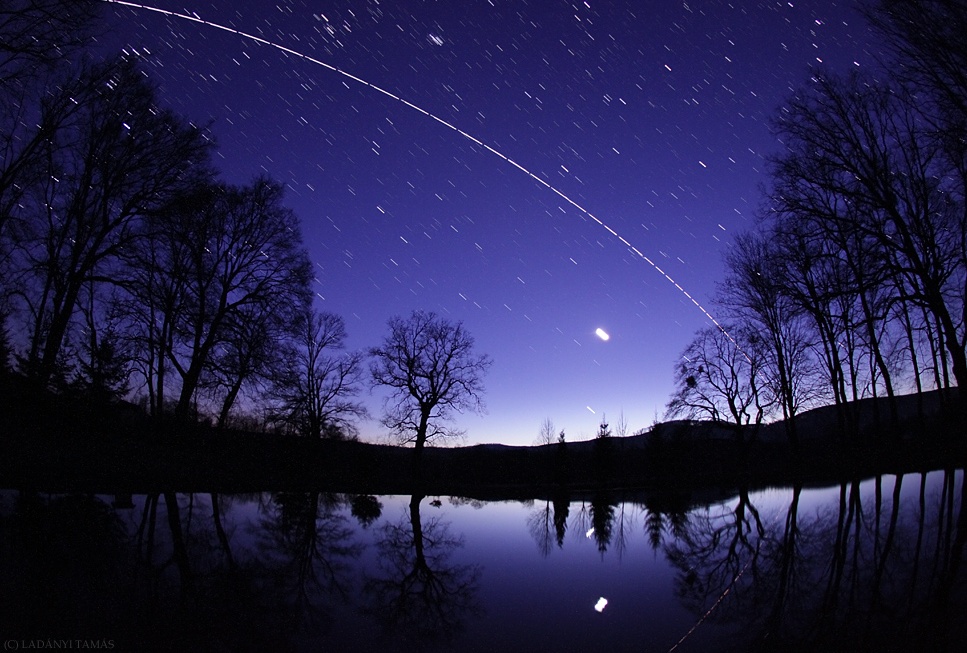via IFLScience
*sigh* Amazing. Check out the thunderstorms, too. I highly recommend watching full-screen.
Time lapse sequences of photographs taken with a special low-light 4K-camera
by the crew of expedition 28 & 29 onboard the International Space Station from
August to October, 2011.HD, refurbished, smoothed, retimed, denoised, deflickered, cut, etc.
Music: Jan Jelinek | Do Dekor, faitiche back2001
w+p by Jan Jelinek, published by Betke Edition
janjelinek.com | faitiche.deEditing: Michael König | koenigm.com
Image Courtesy of the Image Science & Analysis Laboratory,
NASA Johnson Space Center, The Gateway to Astronaut Photography of Earth
eol.jsc.nasa.govShooting locations in order of appearance:
- Aurora Borealis Pass over the United States at Night
- Aurora Borealis and eastern United States at Night
- Aurora Australis from Madagascar to southwest of Australia
- Aurora Australis south of Australia
- Northwest coast of United States to Central South America at Night
- Aurora Australis from the Southern to the Northern Pacific Ocean
- Halfway around the World
- Night Pass over Central Africa and the Middle East
- Evening Pass over the Sahara Desert and the Middle East
- Pass over Canada and Central United States at Night
- Pass over Southern California to Hudson Bay
- Islands in the Philippine Sea at Night
- Pass over Eastern Asia to Philippine Sea and Guam
- Views of the Mideast at Night
- Night Pass over Mediterranean Sea
- Aurora Borealis and the United States at Night
- Aurora Australis over Indian Ocean
- Eastern Europe to Southeastern Asia at Night
The video’s creator, James Drake, says:
This movie begins over the Pacific Ocean and continues over North and South America before entering daylight near Antarctica. Visible cities, countries and landmarks include (in order) Vancouver Island, Victoria, Vancouver, Seattle, Portland, San Fransisco, Los Angeles. Phoenix. Multiple cities in Texas, New Mexico and Mexico. Mexico City, the Gulf of Mexico, the Yucatan Peninsula, Lightning in the Pacific Ocean, Guatemala, Panama, Columbia, Ecuador, Peru, Chile, and the Amazon. Also visible is the earths ionosphere (thin yellow line) and the stars of our galaxy.
via io9
by Tamas Ladanyi (click to embiggen)
As evening twilight faded on March 7, sky gazers around planet Earth enjoyed a beautiful pairing of young crescent Moon and brilliant planet Jupiter. Along with stars setting in the west, the two bright celestial beacons, Moon above and Jupiter below, leave short trails in this well-planned time exposure, a composite of 54 individual frames each 4 seconds long. On its final flight, the Space Shuttle Discovery and International Space Station form the second close pairing in the night skyscape. Still glinting in the sunlight in low Earth orbit, they gracefully trace overlapping arcs from lower right to upper left.
Fare thee well, Discovery!
somewhat related: cool flash timeline of the construction of the international space station. You can click on each part to get more info about it too. Very cool!
